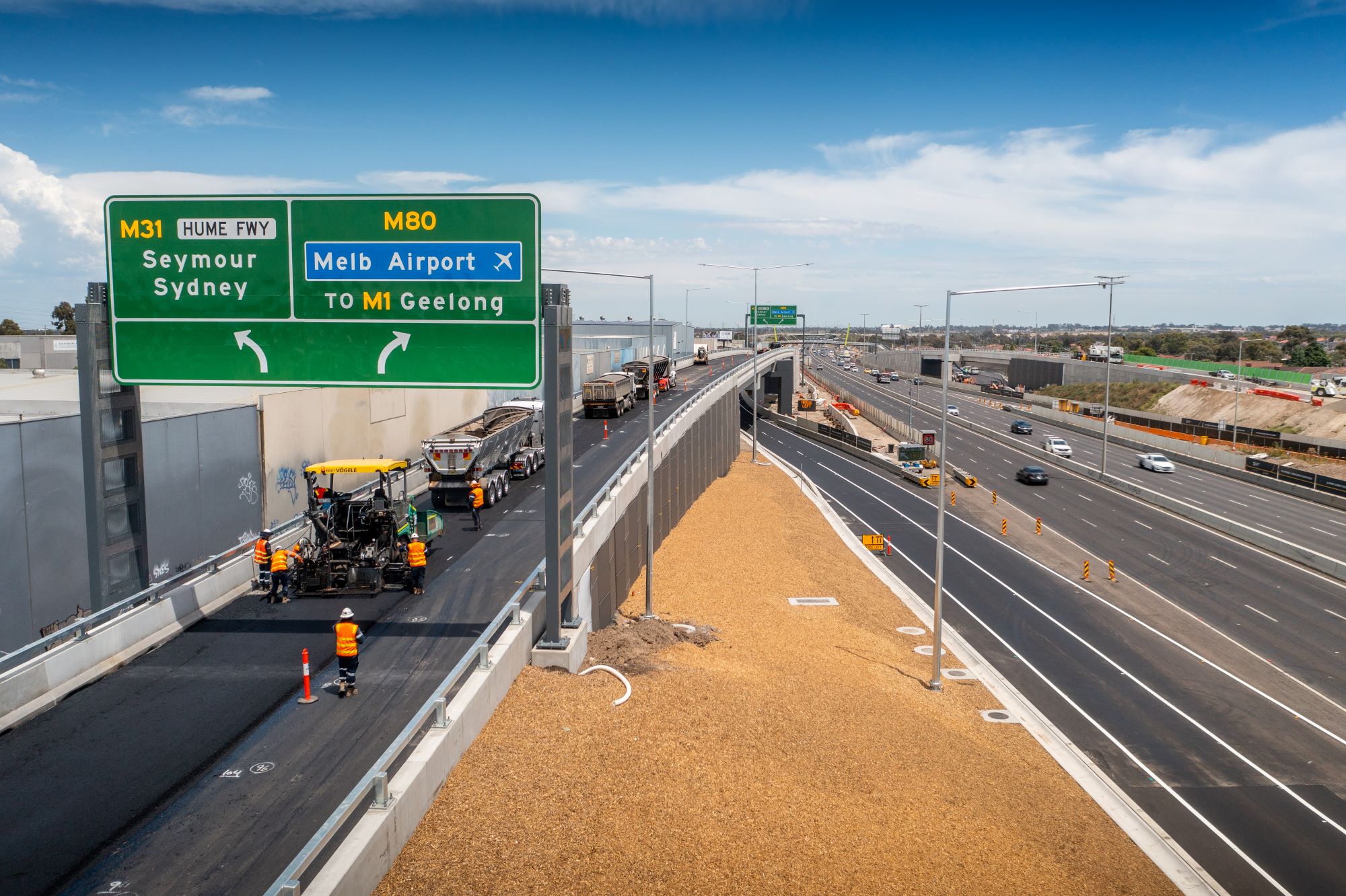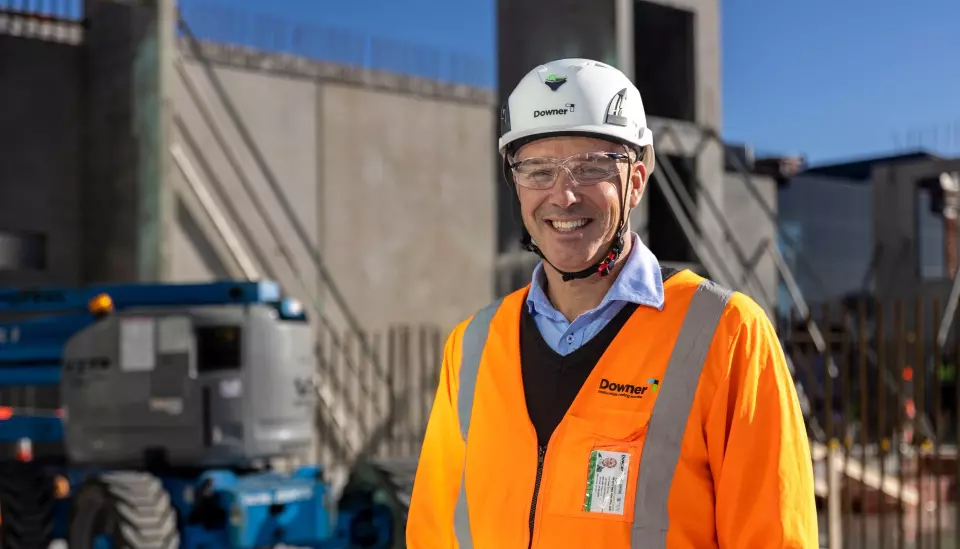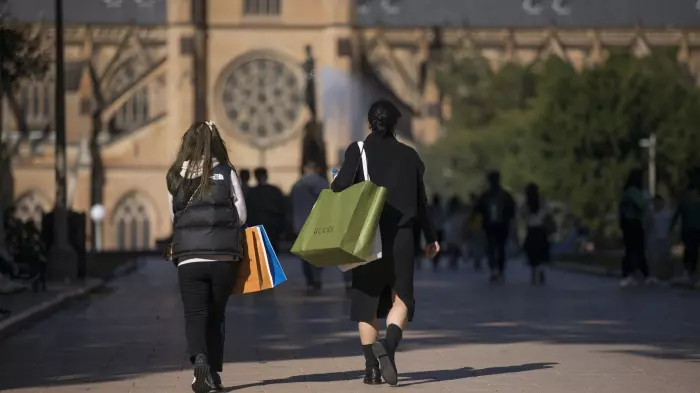That’s the view of Murray Robertson from Downer, New Zealand’s largest provider of services to asset owners, after attending the recent Building Nations conference hosted by Infrastructure New Zealand (the country’s leading infrastructure member association).
At the heart of the conference was New Zealand’s Infrastructure Strategy, released in May by Crown entity Te Waihanga/The New Zealand Infrastructure Commission. It details the complex challenges the nation must deal with to complete the substantial body of work that needs to be carried out over the next 30 years. These include making smart choices now to improve ageing infrastructure so it caters to our growing population and can withstand issues like severe weather for generations to come.
The fact that major players are joining forces to talk about these challenges is encouraging, says Robertson, Downer’s COO of transport and infrastructure: “In one of the panels, we had CEOs from Kiwi Rail and Waka Kotahi and Auckland Transport, each sharing the consistent view that they know they need to work together and that they expect the same from the contractors. You never used to see that unified and pragmatic approach.
“Collectively everyone is looking at what is the optimum transport and infrastructure solution, rather than what is best for individual asset owners, which is good to see. They’re taking a more cohesive view and that’s exciting.”
On the face of it, the state of infrastructure in New Zealand is a major cause for concern. Much of it, from roads to hospitals, was built between the 1960s and 80s and needs updating or replacing – and our increasing population adds further pressure to existing infrastructure.
 The M80 ring road in Melbourne uses the first Reconophalt laid on a major freeway; this sustainable asphalt is made of recycled content incl. plastics, glass, rubber and toner. / Photo Supplied.
The M80 ring road in Melbourne uses the first Reconophalt laid on a major freeway; this sustainable asphalt is made of recycled content incl. plastics, glass, rubber and toner. / Photo Supplied.
Under-investment over the last decade has created a compounding deficit – and the damage caused by recent extreme weather events means a lot of time, energy and money is having to be spent on fixing those pressing issues ahead of other areas.
But it’s not all doom and gloom, says Robertson. “Yes, the infrastructure deficit in New Zealand is a concern but there are also a lot of positive things happening in the industry, which is far more progressed than we get credit for. We are working hard as an industry to advance technology and ultimately productivities, and I see lots of exciting opportunities ahead for us.”
A conversation he says needs to continue is around the amount of compliance that must be navigated when it comes to building new infrastructure, and the part reforming the Resource Management Act will play.
“We’re working hard, we’ve got great systems and processes and excellent training and development, but we are having to deal with a lot more compliance than we previously had to. This is happening for the right reasons but it comes at a price and an impact on productivity.
“Whatever we can collectively do to reduce the red tape around us, so we can get on with our jobs and get more output from the energy we are putting in, will help us to get infrastructure built quicker.”
Another positive is the amount of work companies like Downer have put into training and development, so they have a skilled workforce to build the infrastructure New Zealand needs for the future: “We are not starting from a standstill,” says Robertson. “We’ve been working on training and development for a long time, including developing our Māori and Pasifika workforce. That came about from encouraging more people into the industry off the back of the Christchurch earthquakes and then the Kaikōura earthquake – and we’ve continued that momentum.
“We had to develop pathways for get people entering the industry and then provide the right leadership programmmes. We have fantastic cadet and graduate schemes right across the infrastructure sector and a lot of great people coming through.”
Meanwhile, Downer’s move to operate as one business across New Zealand and Australia will bring more benefits. The company was started in 1933 in New Zealand by Australian-born civil engineer Arnold Downer, later expanding to Australia in the 1980s. Until now, the businesses have been run separately in each country.
“As of July 1, Downer is being run as a transtasman business – something we have always wanted to do,” says Robertson. “Bringing together the capabilities and experience of both countries is a great opportunity, not only for our people but also for our clients, because we can share resources and knowledge.
“For example, I think we can learn from Australia who are more advanced in the way they re-purpose materials and provide engineered solutions, particularly in the road pavement sector. Sustainable infrastructure is an area we can improve on with greater transtasman collaboration. There is a lot to be gained in terms of knowledge and innovation across the whole business.”
Atia’e le Afolau is a new Downer programme for Pasifika young adults being delivered in partnership with Ministry for Pacific Peoples.
We can also learn from our Australian neighbours in dealing with the aftermath of events like severe flooding, and ways of making infrastructure more robust, Robertson says: “We can bring in people in both directions across the Tasman to respond to emergencies which helps build knowledge of how to do things better.”
The havoc wreaked by Cyclone Gabrielle and various floods throughout Aoteoroa in recent years was a hard-hitting reminder that New Zealand must invest in resilient infrastructure or suffer some serious consequences.
“It’s meant the industry has had to take a step back and say, ‘This wasn’t a one-off thing, these extreme weather events are becoming more regular and what are we going to do as an industry to address this in a more cohesive way?’
“The answer to that lies in our ability to form strategic partnerships across our industry and to collaborate directly with communities to face these challenges.
“Gabrielle was a wake-up call, but it and the other weather events have also been an opportunity, because they give us more of a remit to have a clearer and more defined look at what we have to do about building infrastructure that is more resilient.”






